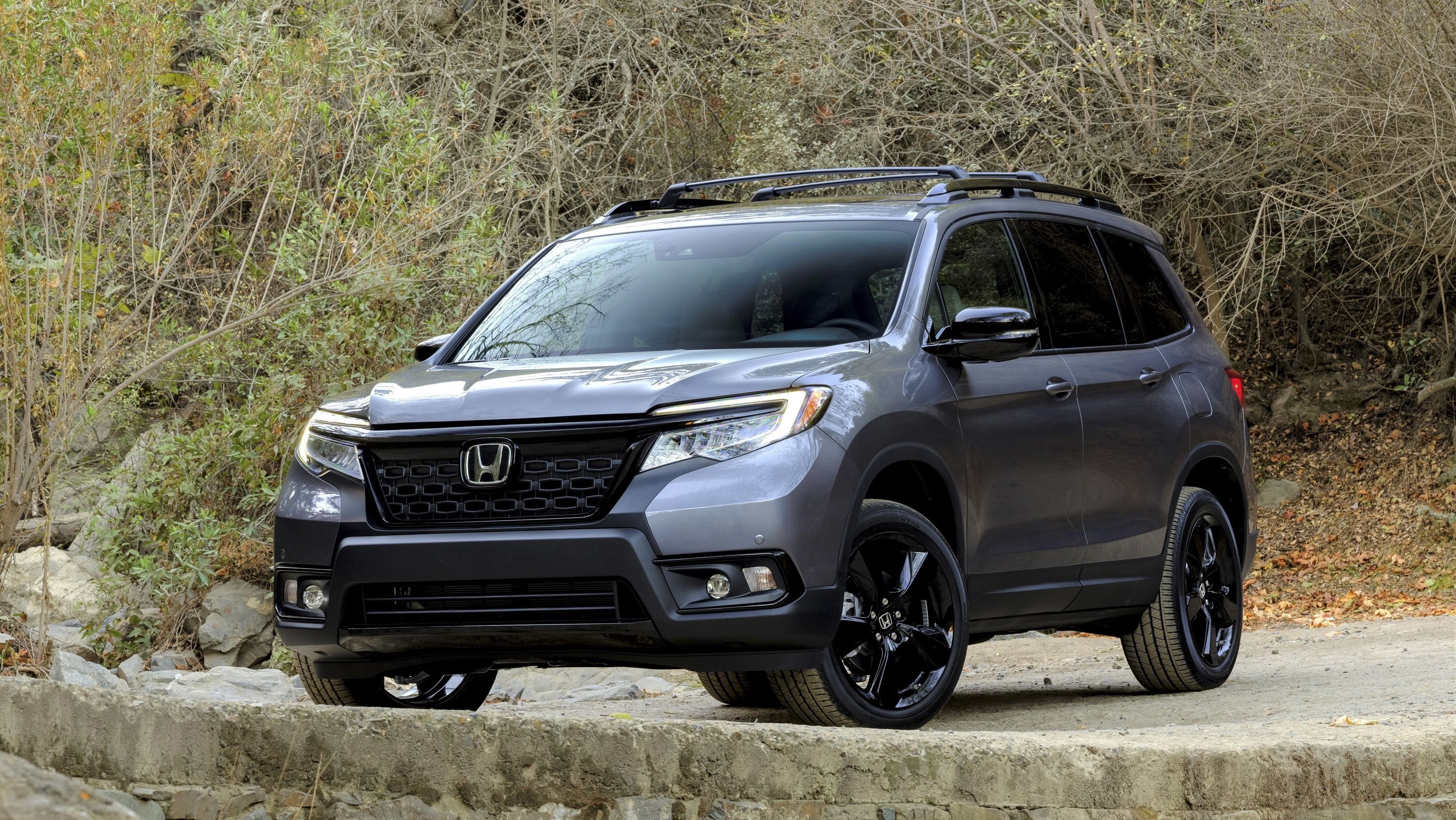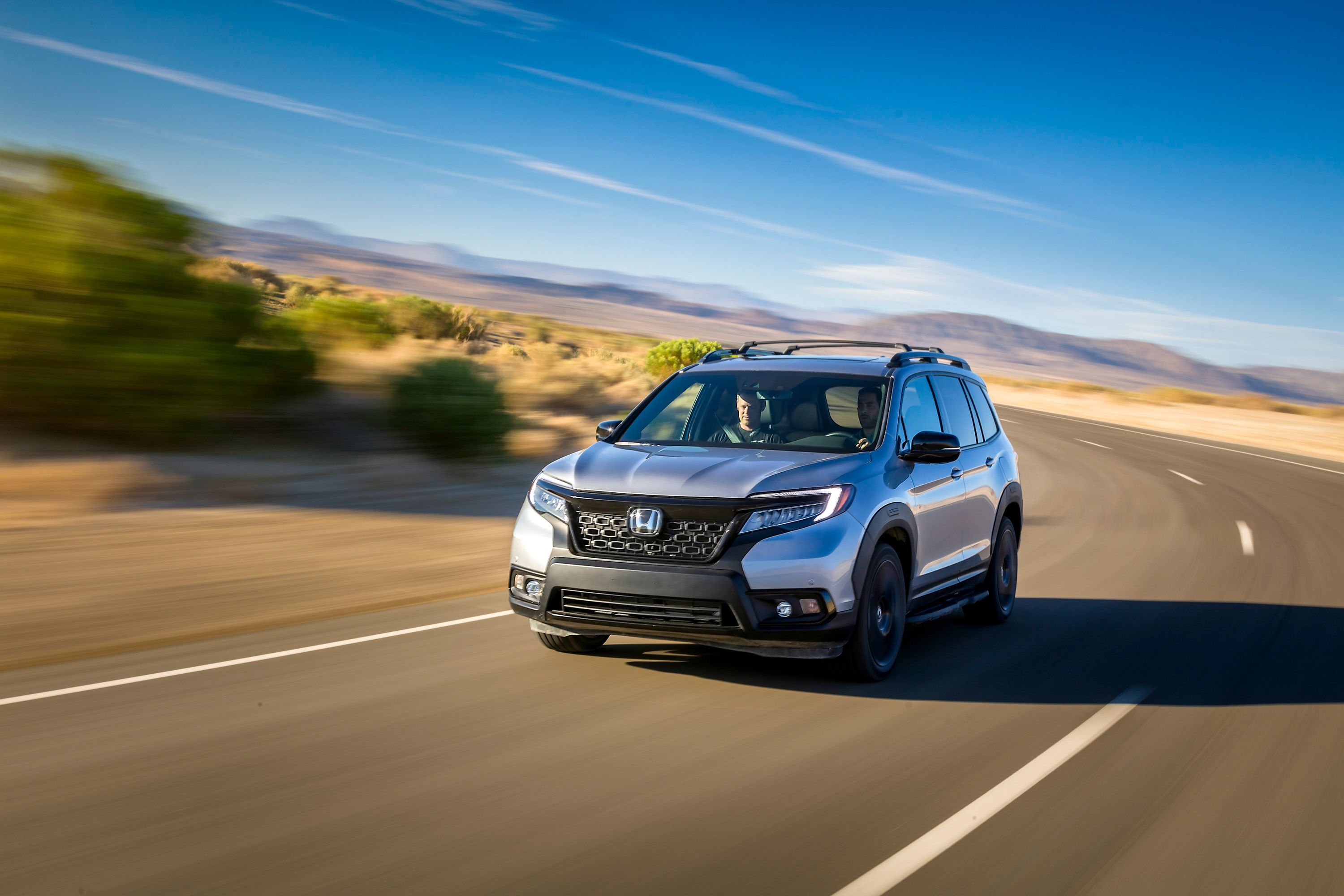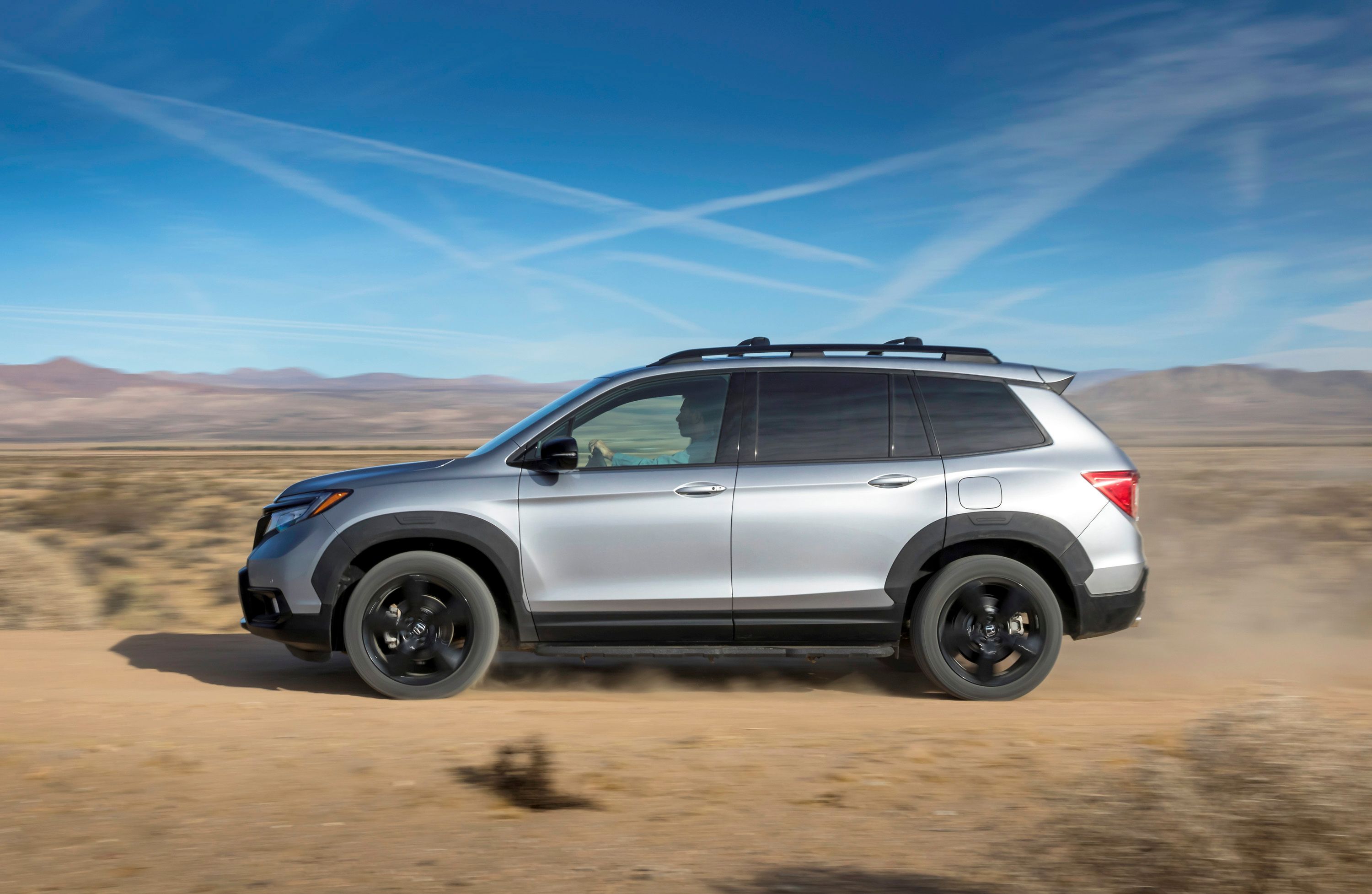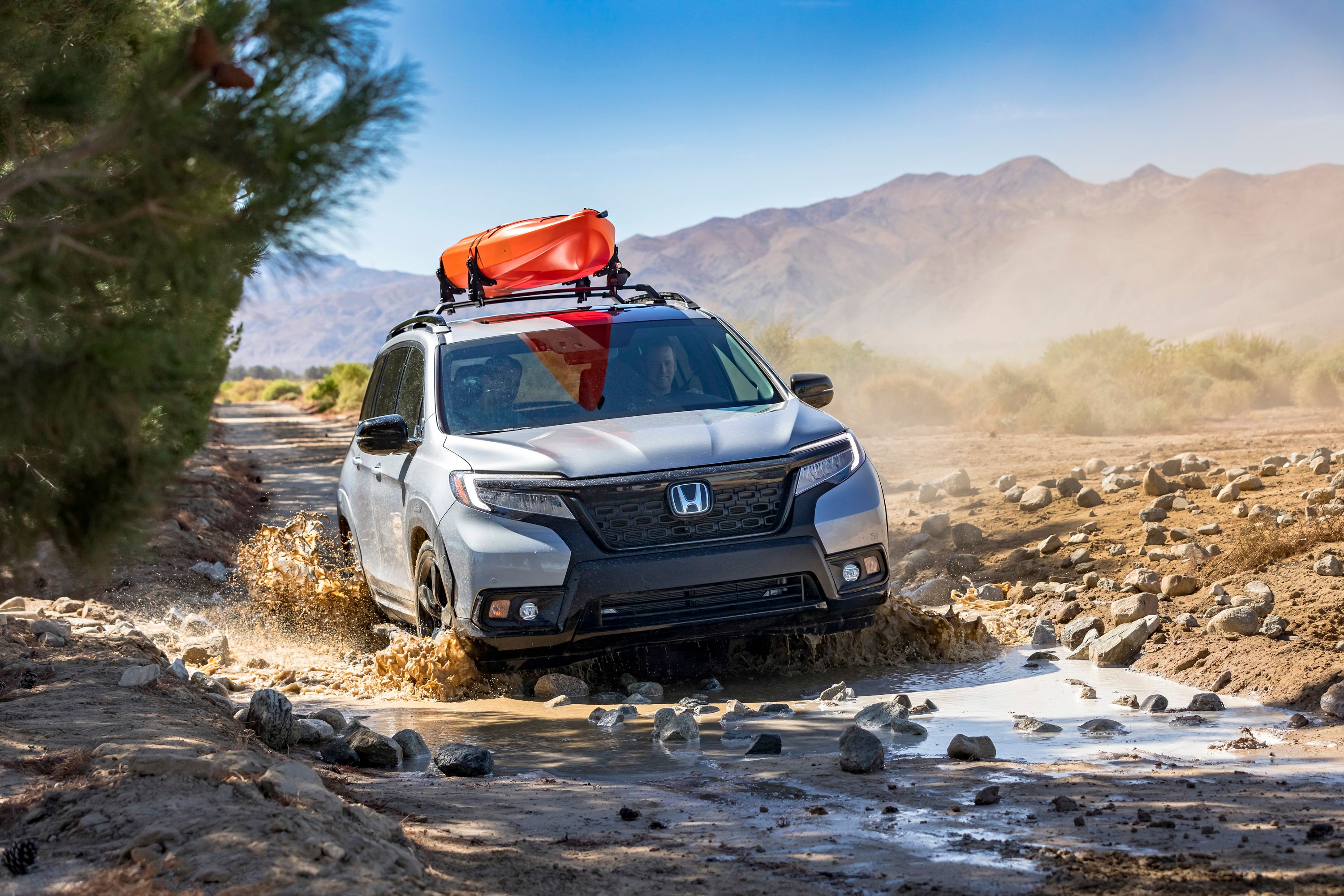Honda just revived the Passport name after 16 years for a brand new SUV that slots between the CR-V and Pilot. Unlike its spiritual predecessor, it isn't a rebadged Isuzu, but a vehicle designed and engineered by Honda itself. How does it compare with the old model? Well, it's better in just about every department, which isn't surprising given that the previous Passport is two decades older. Let's find out what makes the new Passport a better, modern SUV.
It's Designed by Honda
Before you say "D'oh, of course, it is!" I need to reiterate that the original Passport wasn't.
Runs on Proven Pilot Underpinnings
The Passport isn't a brand-new vehicle under the shell.
Sportier Design
SUVs looked rather rugged and utilitarian back in the early 1990s, but it wasn't a rule. However, the Isuzu Rodeo was rather boxy and looked pretty boring, and Honda was stuck with the design.
Better Convenience Features
Like most modern vehicles, the Passport is packed with the latest convenience features. The standard eight-inch infotainment display comes with Apple CarPlay and Android Auto connectivity in the more expensive trims, while the Touring and Elite models feature a 590-watt, 10-speaker audio system.
All these features can be accessed via controls mounted on the steering wheel. There's also a 4G LTE system with Wi-Fi for up to seven devices, although this is optional for the base model and standard only on the Touring and Elite trims.
While you could argue that it's natural for a more modern vehicle to have these features, the new Passport is actually a more premium proposition today. The original Passport lagged behind the competition in this department, even in its most expensive trim.
Cool Accessories
Honda also offers a couple of accessory packages. The Adventure Package adds running boards, a trailer hitch, and fender flares, while the Urban Package adds front and rear underbody spoilers, unique 20-inch wheels, cargo storage bins, and roof rails and crossbars.
2019 Honda Passport drivetrain specifications
|
Engine Type |
V-6 |
|
Displacement |
3471cc |
|
Horsepower (SAE Net) |
280 @6 000 rpm |
|
Torque (SAE Net) |
262 lb-ft @ 4700 rpm |
|
Fuel Injection |
Direct |
|
Transmission |
9-speed automatic (9AT) |
|
Towing Capacity, 2WD (AWD) |
3,500 lbs (5,000 lbs) with tow package |
|
Wheelbase |
111.0 in. |
|
Length |
190.5 in. |
|
Height |
71.6 in. |
|
Width |
78.6 in. |
|
Track Front/Rear, 2WD (AWD) |
67.0/67.0 in. (66.7/66.7 in.) |
|
Ground Clearance, 2WD (AWD) |
7.8 in. (8.4 in.) |
|
Approach/Departure Angles, Degrees, 2WD (AWD) |
20.6/26.8 (21.4/27.6) |
|
Cargo Volume (Behind 2nd Row) SAE J1100 |
41.2 cu.-ft. |
|
Cargo Volume (Behind 1st Row) SAE J1100 |
77.9 cu.-ft. |
|
Cargo Volume (Behind 1st Row) SAE J1100 plus floor space between seating rows and seats in their forward-most and upright position. |
100.7 cu.-ft. |
|
Passenger Volume |
115.9 (114.9 w/sunroof) |
Further reading
Honda Touts The New Passport SUV As its Resident Off-Roader
Read our full speculative review on the 2019 Honda Passport.
Read our full review on the 1994 - 2002 Honda Passport.






